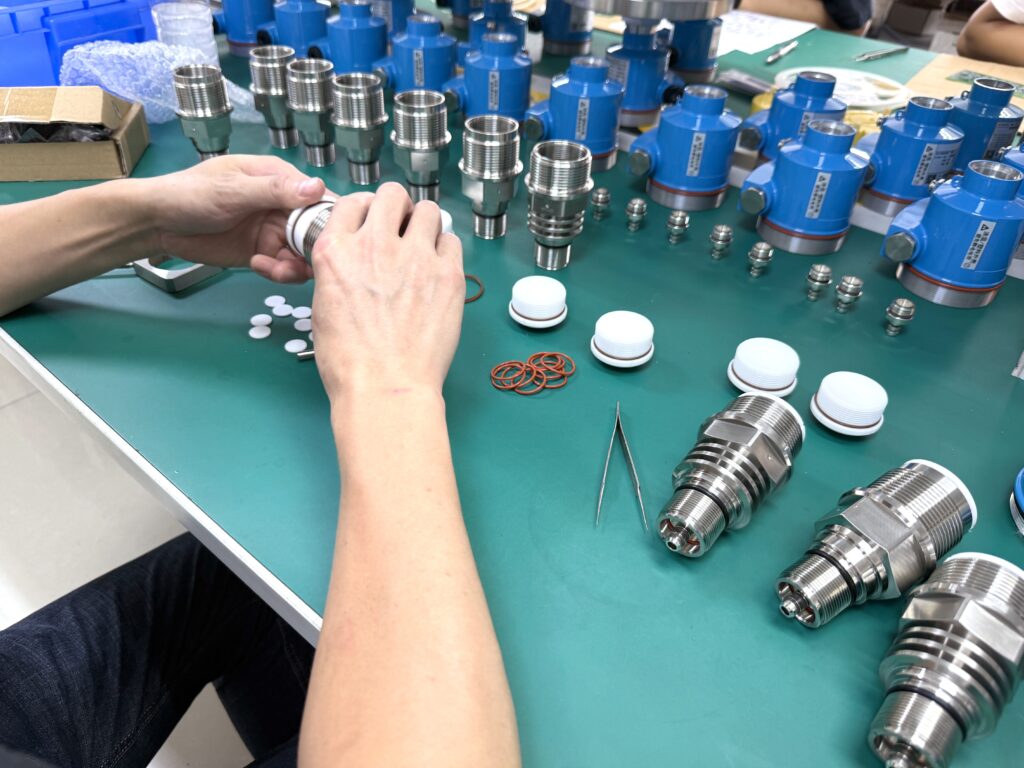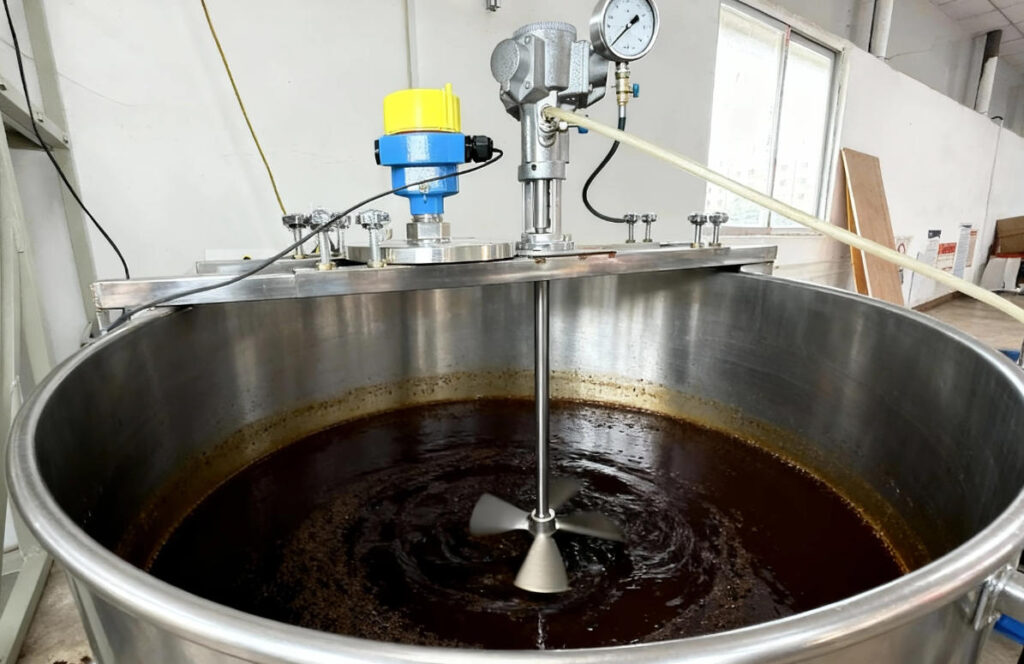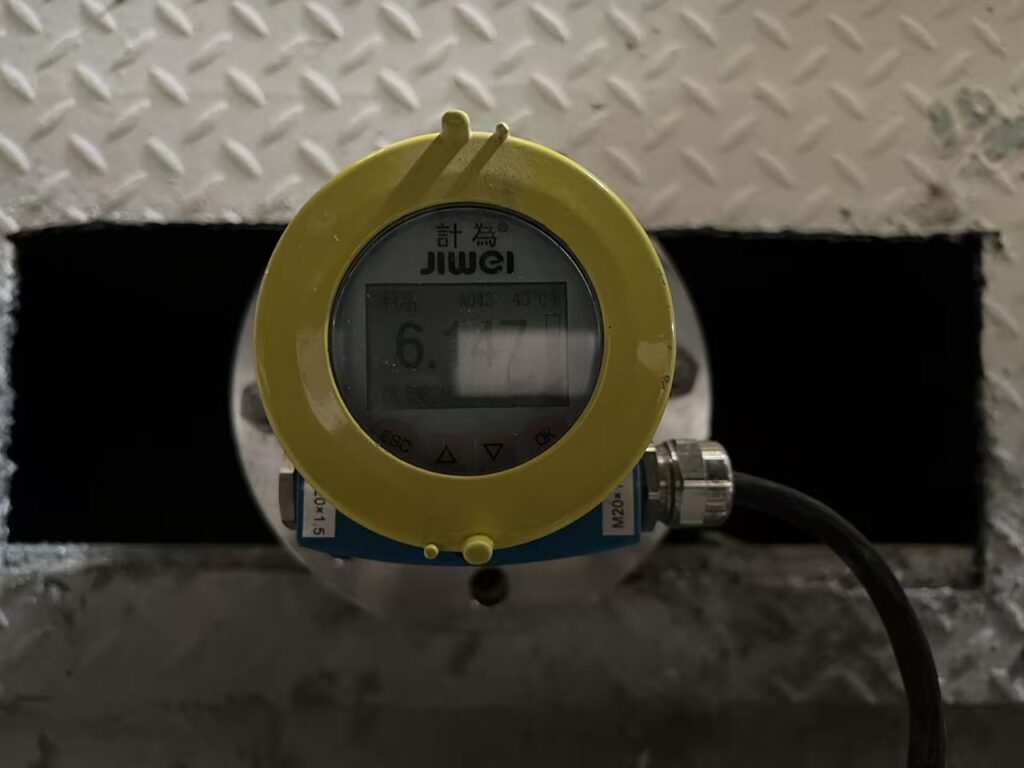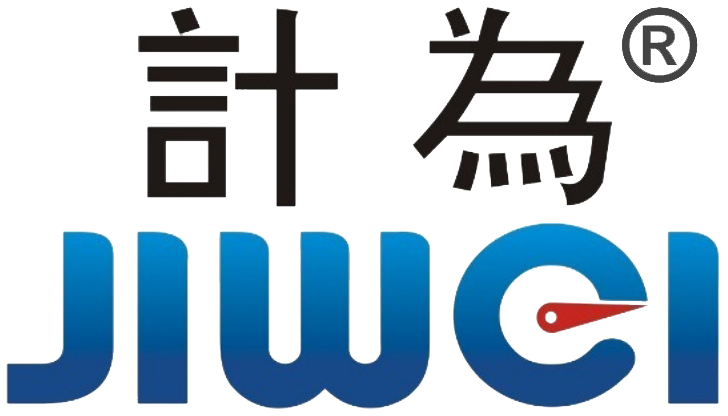What is a Radar Level Meter?
Radar Level Meters Lead the Way in Industrial Level Measurement
What is a Radar Level Meter?
A Radar Level Meter is an intelligent instrument that uses radar technology to measure the level of liquids, solids, or slurries in tanks, silos, or containers. By emitting radar waves and receiving the reflected signals, it calculates the material height. As a non-contact measurement device, it does not physically touch the material, ensuring high accuracy and reliability even in complex industrial conditions. Radar level meters are widely applied in chemical, pharmaceutical, food, and energy industries, making them essential tools for modern automated production.

How Radar Level Meters Work
Radar level meters emit radar waves toward the material surface and receive the reflected signals to calculate liquid or solid levels. This non-contact design prevents direct contact with the material, reducing maintenance requirements and improving reliability. Even in foamy liquids, dusty environments, or turbulent surfaces, radar level meters provide stable and accurate measurements.
The core principle is the time-of-flight method, which calculates the distance based on the travel time of the radar signal. Advanced models can automatically adjust measurement accuracy according to changes in the material’s dielectric constant. Radar level sensors are designed to withstand extreme temperatures, pressure variations, and humidity, and they feature strong interference resistance. By adjusting radar frequency and signal power, the measurement range and accuracy can be optimized for different applications.

Why Radar Level Meters Are Favored in Industry
In continuous level monitoring applications such as chemical, pharmaceutical, and food processing industries, radar level meters play a crucial role. Their non-contact design reduces maintenance needs, while real-time measurement improves process control. Integration with automation systems, including IO-Link, enables remote monitoring, data recording, and intelligent management.
Core Advantages of Radar Level Meters
- High Accuracy and Reliability: Provides stable measurements even in complex or harsh environments, ensuring operational safety and continuity.
- Non-Contact Design: No moving parts, reducing wear and maintenance requirements, and lowering long-term operational costs.
- Versatile Material Compatibility: Suitable for liquids, solids, and slurries across different industrial applications.
- Strong Environmental Adaptability: Works reliably in high temperature, high pressure, humid, or dusty conditions.
- Intelligent Interface: Supports IO-Link, enabling seamless integration with automation systems for remote monitoring, parameter adjustment, and status diagnostics.
- Traditional Bus Compatibility: Some models support RS-485 (e.g., Modbus RTU), suitable for long-distance multi-point connections and legacy system upgrades.
- Convenient Software Updates: Jiwei radar level meters support Bluetooth 5.4 (optional, standard with built-in Bluetooth), allowing real-time upgrades via the latest software system for wireless remote maintenance and parameter adjustment, ensuring measurement capabilities keep pace with industrial digitalization and improving performance and user experience.

Benefits of Continuous Level Monitoring
Real-time level monitoring allows operators to respond immediately to material changes, reducing the risk of overflow or shortage and improving production efficiency. Meanwhile, staff can focus on other critical tasks while the radar level meter ensures continuous measurement accuracy.
Choosing the Right Radar Level Meter
When selecting a radar level sensor, consider the type of material, environmental conditions, and measurement range. Also, confirm the output signal type (analog or digital) and ensure compatibility with existing automation systems for optimal performance and system integration.

Typical Applications
- Liquid level monitoring in tanks and containers
- Solid level measurement in silos and hoppers
- Slurry level detection in mining and wastewater treatment
- Food and beverage processing
- Chemical and pharmaceutical production
Specialized models for high-temperature or complex conditions ensure that radar level sensors can adapt to a variety of industrial environments.
Conclusion
Radar level meters provide reliable, precise, and low-maintenance solutions for continuous level measurement. Their non-contact design and environmental adaptability make them indispensable in modern industrial production. By choosing the appropriate model, companies can enhance safety, efficiency, and achieve precise control over their production processes.
